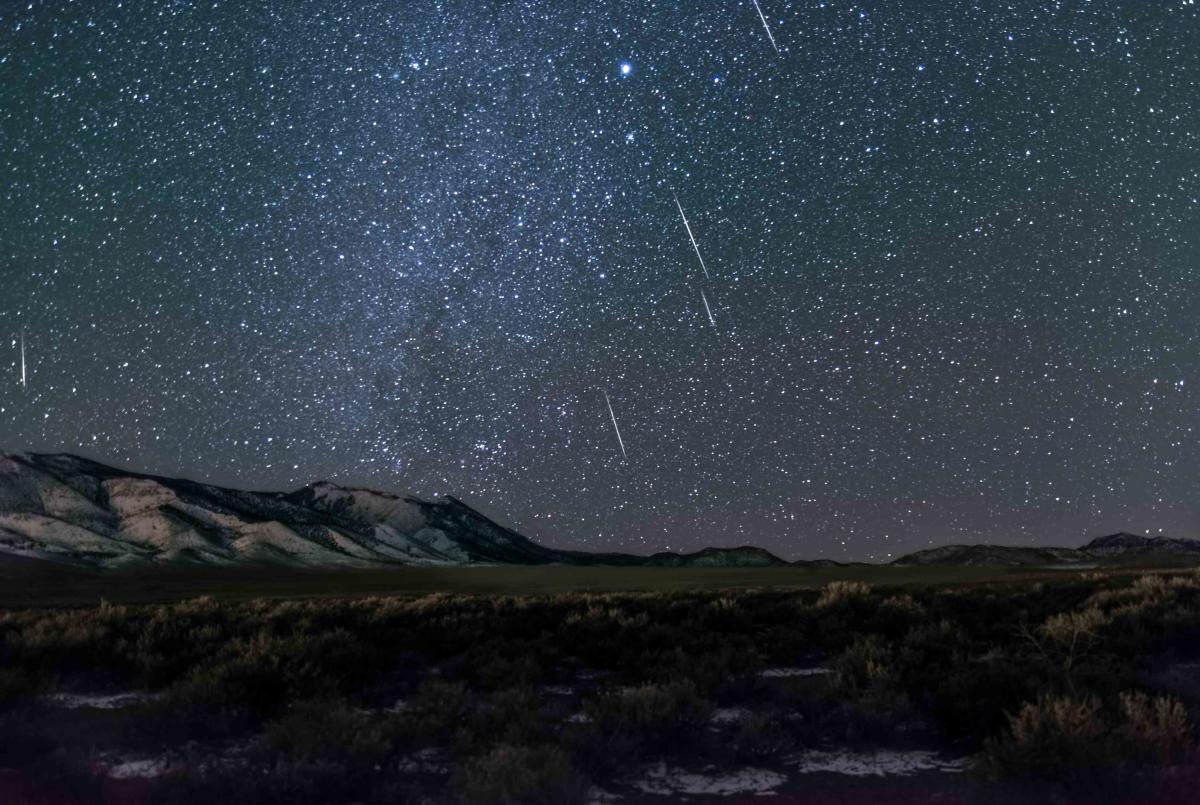Meteor Shower Launches 2024 With Fireballs And Shooting Stars
Meteor shower launches 2024 with fireballs and shooting stars, becoming the first celestial spectacle of the new year. The Quadrantids meteor shower is an annual event that spans several weeks, gracing the skies in both December and January.
Author:Rhyley CarneyReviewer:Paula M. GrahamJan 02, 20249.8K Shares181.5K Views

Meteor shower launches 2024 with fireballs and shooting stars, becoming the first celestial spectacle of the new year. The Quadrantids meteor shower is an annual event that spans several weeks, gracing the skies in both December and January.
However, its peak is brief and intense, typically occurring around the transition to the new year. In 2024, the Quadrantids will reach their maximum activity during the night of January 3, extending into the pre-dawn hours of January 4. According to the American Meteor Society, the best time to see the most meteor activity for North American observers will be between 1 and 5 a.m.
Because of its brief peak and the fact that it occurs at a season that is not typically associated with exceptional stargazing conditions, the Quadrantids meteor shower is sometimes overlooked, even though it can produce more than one hundred meteors per hour under optimal conditions. This year, the peak of the meteor shower occurs on a night when the moon is almost half full.
This brings additional light into the sky, which poses a potential threat to the visibility of certain meteors. The American Meteor Society, on the other hand, predicts that a spectacular celestial display might still be provided by as many as twenty meteors each hour, including the possibility of fireballs, for those who are fortunate enough to have clear skies.
Frequently referred to as "shooting stars," meteors are luminous streaks in the sky resulting from the interaction of meteoroids - fragments of asteroids or comets - with Earth's atmosphere. Meteor showers occur when Earth traverses a substantial zone of these celestial fragments, reaching their zenith when our planet is expected to encounter the greatest concentration of them.
In this instance, the primary celestial source for the Quadrantids meteor shower is an asteroid known as 2003 EH1, identified as a dormant or extinct comet, as reported by the astronomy website EarthSky. Similar to many meteor showers, the Quadrantids derive their name from the constellation they seem to emanate from. However, in a unique twist, their moniker is tied to the now-obsolete Quadrans Muralis constellation, which is not officially recognized as one of the modern 88 constellations by the International Astronomical Union.
Conclusion
It is important to take note of the fact that this event is the last major meteor shower that will occur before the Lyrid meteor shower appears in our skies in April of 2024. Therefore, those who are passionate about stargazing can consider it worthwhile to put forth additional effort to watch the Quadrantids at their peak.
Jump to

Rhyley Carney
Author

Paula M. Graham
Reviewer
Latest Articles
Popular Articles